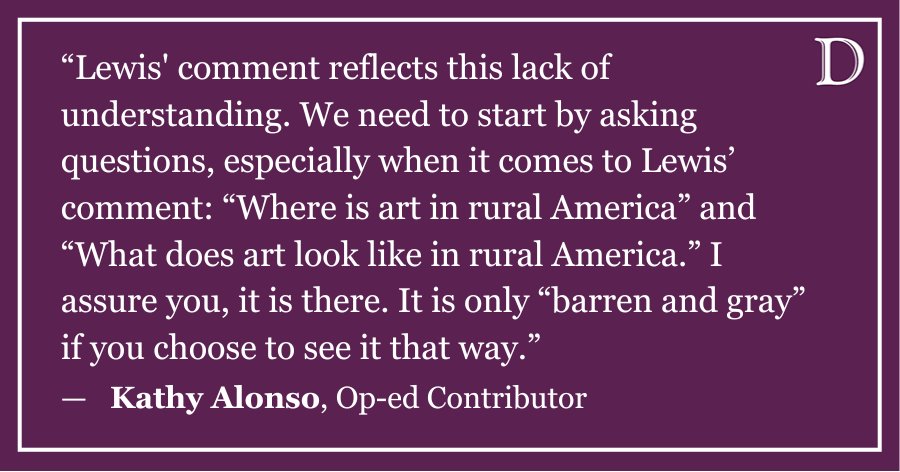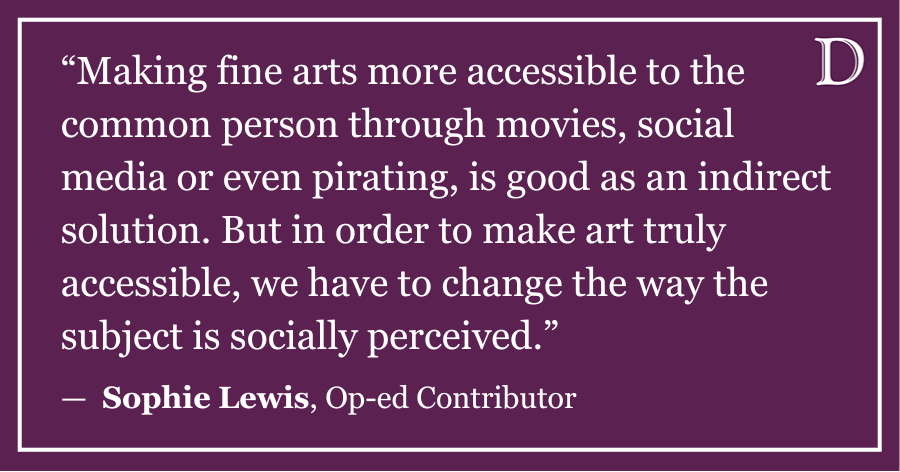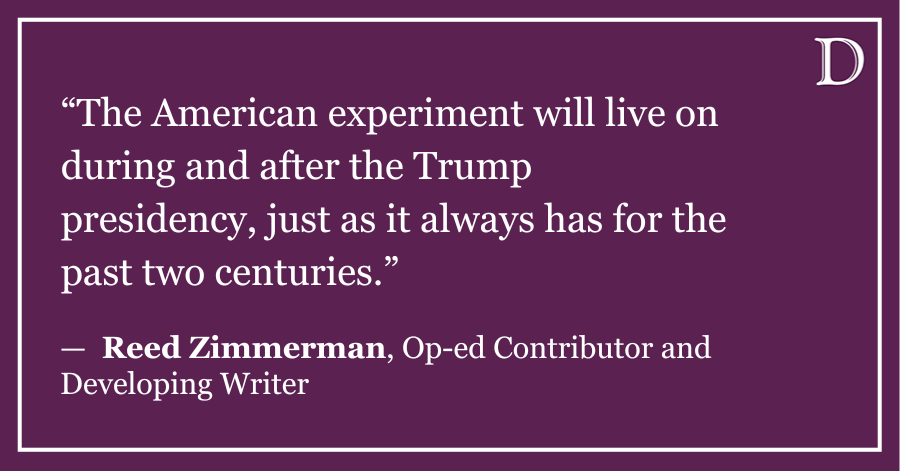
Whether or not you are one of the roughly 16 million people who have watched this year’s World Series — the culmination of America’s national pastime — between the National League champion St. Louis Cardinals and the American League-winning Boston Red Sox, you are probably aware of the steady decline over the years of baseball viewership, particularly viewership of the World Series.
Just a few decades ago, the Fall Classic represented not only the biggest event of the sporting year, but also the apotheosis of America’s television watching. According to Baseball Almanac, the 1978 World Series between the New York Yankees and Los Angeles Dodgers reached more than 44 million viewers, about 56 percent of the television share.
Last season, the World Series between the San Francisco Giants and Detroit Tigers, two good-sized markets with historically relevant franchises, drew a record-low 12.7 million viewers, representing around a 12 percent share of television viewership.
This year’s Fall Classic between two of the sport’s franchises that draw the most national interest has shown about an 11 percent increase in viewers over last year, but viewership remains far below the level it reached just thirty years ago.
Why, then, does it appear that national interest in the World Series has declined so dramatically? Well, the question may more simply be, why is national interest in America’s Pastime as a whole declining so rapidly?
More than any other American sport, baseball has become a regional game. Fans root for their local teams and largely ignore the stories coming from the majority of Major League teams.
A key reason for this is that unlike the NFL and partially the NBA, MLB teams all have regional television deals. Most nights, baseball fans only have the ability to watch teams within their respective markets. Thus, even if a fan wanted to follow other teams throughout the season, it would be tough to maintain a regular following throughout the year because he or she cannot regularly watch other teams on TV.
By contrast, the NFL has made it increasingly easier to follow every team each weekend via its national television deal, and even the NBA allows fans across the country to watch a majority of its headlining teams on a regular basis. My NBA team only plays every third night and my NFL team only plays in one of the five weekly slots showcasing football games, so I have the ability to gain an interest in teams from around the country.
Whereas with baseball, my team plays every night, so I have the realistic ability to watch only my team. Thus, my general knowledge and interest level in other teams around the country is substantially lower than it is for other sports, simply because MLB teams from other cities are far less accessible than out-of-town NFL and NBA teams.
Furthermore, MLB’s inability to market stars since the Steroid Era has made baseball a faceless game. Much of television networks’ marketing and media analysis of baseball are directed to teams as a whole and the game itself, rather than toward individual players. Whenever a star like Chris Davis draws national excitement, it is quickly followed by disdain from fans who have been burned too many times by PED-enhanced stars. Beyond that, it is hard to market players who only step to the plate four times a game or pitch every fifth day, whereas LeBron James is on the court for more than 40 minutes a night and Peyton Manning takes every snap. The effect is a World Series between teams that collectively have no more than a few players whom armchair fans can name.
Although interest in baseball has declined in recent decades because of the relative regionalization of baseball as well as the lack of marketable superstars, the World Series itself has faced issues because of its timing during the year. The Fall Classic takes place during the primetime of the ever-growing NFL and college football seasons, as well as the beginning of the increasingly popular NBA season. Moreover, although the NBA Finals takes place during the summer against very few network television shows, the World Series competes with a number of fall television show premieres. The overall effect of all the competition from other sports and programming was nearly nonexistent in the 1970s and ‘80s and is a significant factor in the decline of the overall share of television viewership.
Overall, the decline in viewership numbers may be as much an effect of the growing amount of competition from television programming as it is an effect of the decline in national interest towards baseball. Still, despite competing with the NFL and college football, the MLB has reported that FOX has drawn the largest primetime audience in each of the World Series games thus far.
After five of the most dramatic World Series games in recent history, Game Six from Boston begins at 7:07 CST on Wednesday. Although your team may not be in it, or there are three shows you want to watch, this World Series has proven that the allure of America’s National Pastime lives on.
Bob Hayes is a Weinberg freshman. He can be reached at [email protected]. If you would like to respond publicly to this column, send a Letter to the Editor to [email protected].










